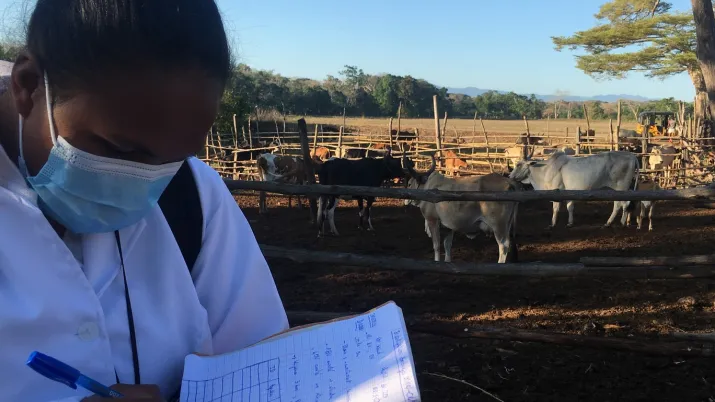Share the page
Mauritius

As a small island state that is highly vulnerable to climate change yet economically dynamic, Mauritius promotes a model of sustainable development that combines social welfare and growth. AFD is involved there primarily in the areas of infrastructures, the energy transition, climate, and regional cooperation.
Context
Mauritius is a small island State, but has nevertheless succeeded in diversifying its economy and integrating world markets. The island’s high population density has also contributed to its development. It has established ties with its neighbor, Réunion, and the other Indian Ocean islands, both at the economic and environmental levels.
However, the country comes up against the fact that it has limited resources which are threatened by climate change. It faces a dual challenge: the need to improve basic infrastructure (roads and ports) and prepare youth to enter the labor market, while increasing its resistance to shocks and adapting to the impacts of climate change. Mauritius needs to find new growth drivers in order to build a stronger and more sustainable economy that benefits all.
AFD has been operating in Mauritius since 1975. After ceasing its activities in 1995, due to the level of development achieved by the island, since 2006 it has been supporting its economic and ecological transition. AFD has become one of its main partners. Our financing benefits both public authorities and private actors: banks and companies. Our action covers the entire Indian Ocean region.
AFD's Mauritius office is directly attached to the Indian Ocean regional office in Saint-Denis.
Our approach
"Mauritius and AFD: reconciling economic growth, social well-being and respect for the environment"
The island’s infrastructures need to be renovated and modernized. AFD helps support investments that enhance the country’s accessibility and the security of its supplies via:
- the project to expand the cargo container terminal for the Mauritius Ports Authority (MPA). Through a vast program to expand port infrastructures, this project improved the island’s maritime connectivity;
- modernizing Cargo Handling Corporation Limited (CHCL) by participating in its recapitalization and the replacement of its equipment.
Mauritius was one of the first countries to sign the Paris Agreement. The priorities for its defined national contribution are to better manage its water resources, fight erosion in coastal areas, and rethink its modes of agricultural production.
AFD’s support focuses on climate governance to improve interministerial operations, on sector-specific public policies, and on preparation for foundational projects via the facility Adapt’Action. To support the island’s agricultural and energy transition, AFD is mobilizing its expertise and its SUNREF lines of credit to fund projects promoting adaptation to climate change.
We also contribute to the preservation of coastal areas by developing more sustainable economic activities in those areas and protecting marine and land-based resources through a project by the French Global Environment Facility (Fonds français pour l'environnement mondial, FFEM).
Regional cooperation is essential in addressing challenges that are common to the various Indian Ocean countries, for example in the areas of health, climate, and the environment. To this end, AFD is involved in the following projects:
- the SEGA One Health monitoring project: sponsored by the Indian Ocean Commission (COI), the project aims to improve the health of populations in its member states (Union of the Comoros, Madagascar, Mauritius, Seychelles, Reunion) by stepping up monitoring of animal and human health.
- the commercial capacity building program (PRCC) set up by the Union of Chambers of Commerce and Industry of the Indian Ocean (UCCIOI). This project aims to support a set of targeted initiatives in sectors such as new information technologies (ICT)
- waste treatment and management
- tourism, by developing a regional eco-tourism offering and establishing a training plan (safety and security – ISPS standard) for Indian Ocean ports.
In the field
Below, find the country's projects, news, publications, and contact details in one click.
Projects
News & Press Releases



Publications & Media



Key figures
-
25 projects financed in 12 years
-
719 million euros committed since 2006
-
14 projects financed at a regional level since 2006

